Why is the "modest" king's bedroom 72,000 times the area of the Forbidden City?
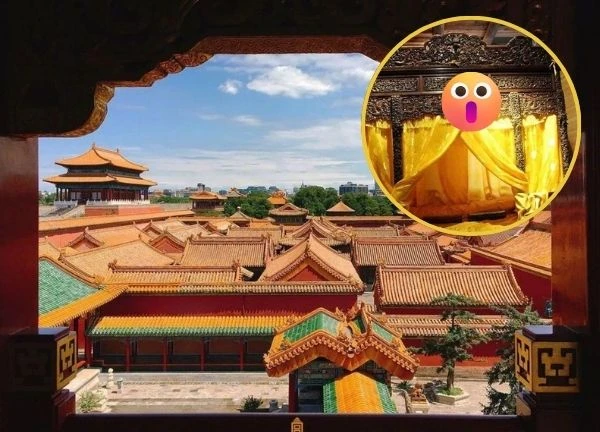
1 | 0 Discuss | Share
Among the countless unique details of the Forbidden City, the 81 gilded nails on the main gate of Ngo Mon have long been a powerful symbol, containing stories that few people know about.
Forbidden City: Massive Architecture and Symbolic Numbers
The Forbidden City is a UNESCO World Heritage Site and is one of the best preserved medieval structures in the world. Construction began in 1406 under the Ming Dynasty, ordered by Emperor Yongle, and took more than 100,000 artisans and one million workers to complete in just 14 years. From 1420 to 1911, it was the residence and workplace of 24 emperors of the Ming and Qing dynasties.
Covering an area of approximately 720,000 square meters, the Forbidden City consists of 890 buildings, surrounded by a 3,428 meter long wall. The architecture of this palace complex is impressive not only for its scale but also for its strict adherence to mathematical rules and Eastern philosophy.
Many important structures such as the Thai Hoa Palace were designed in a ratio of 9:5, a special ratio in ancient Chinese culture. According to the concept of Yin and Yang, the number 9 – the largest odd number below 10 – represents the supreme power of the emperor, while the number 5 is the center of the decimal, representing harmony. The application of this ratio clearly shows the authority and supreme position of the emperor.
Another number associated with the Forbidden City is 9,999.5 rooms. This number comes from the ancient belief that only the "Palace of Heaven" – the residence of the Jade Emperor – could possess 10,000 rooms.
The construction of 9,999.5 rooms was a modest gesture but still affirmed the emperor's status as the "Son of Heaven". Although later studies showed that there were actually only about 8,707 rooms, the Forbidden City still holds the record as the largest imperial residence ever built in the world.
The Secret of 81 Gold-Plated Nails and the Hierarchical Rule
Besides the symbolic numbers, one of the most unique and mysterious architectural details of the Forbidden City is the 81 gilded bronze nails (men ding) on the main gates.
According to statistics, all the main doors here are nailed with 81 nails, arranged in 9 rows and 9 columns. The number 9, as mentioned, symbolizes authority, the highest position, and the use of this number repeated twice (9x9) further affirms the supreme power of the emperor.
However, this rule does not apply to all gates. For example, the Donghua Gate, through which the emperor’s coffin was carried, has only eight rows of nails. According to the philosophy of Yin and Yang, even numbers are Yin, corresponding to departure and death. This detail shows the meticulousness and depth in each architectural decision, based not only on aesthetics but also on cultural and philosophical factors.
The number of door studs also clearly reflected social hierarchy. The main gate of the emperor had 81 studs, the Donghua Gate for officials had 72 studs, and the gates of the royal palaces had 49 studs. Using the wrong number of studs was considered an insult to the imperial authority and could be severely punished, demonstrating the emperor's absolute control over all aspects of life, even architecture.
Originally, the door was made of wood to cover the iron nails that reinforced the door, but was later replaced with gold-plated copper to both increase aesthetics and symbolize power. Locals and tourists often avoid touching the 81 nails due to feng shui beliefs. The door is also believed to have "royal aura", the ability to ward off evil spirits and bring good luck.
The Forbidden City also stands out with other unique architectural details. The heating system is cleverly designed with hollow walls connected to fireplaces, helping to spread heat evenly throughout the rooms. Precious woods from the southern provinces and special yellow tiles also contribute to the majesty and durability of the building. All of these have created a Forbidden City that is not only a palace but also a symbol of the power and architectural wisdom of the ancients.
Is there a place in the Forbidden City so scary that no one wants to step through it a second time? 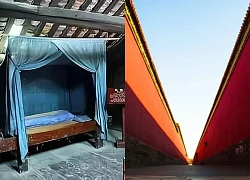 Hoàng Phúc21:15:25 14/07/2025The cold palace where disgraced concubines were kept has long been known as a land of tragedy and suffering. This is where once-favored women are pushed into loneliness, resentment, and oblivion.
Hoàng Phúc21:15:25 14/07/2025The cold palace where disgraced concubines were kept has long been known as a land of tragedy and suffering. This is where once-favored women are pushed into loneliness, resentment, and oblivion.

1 | 0 Discuss | Share
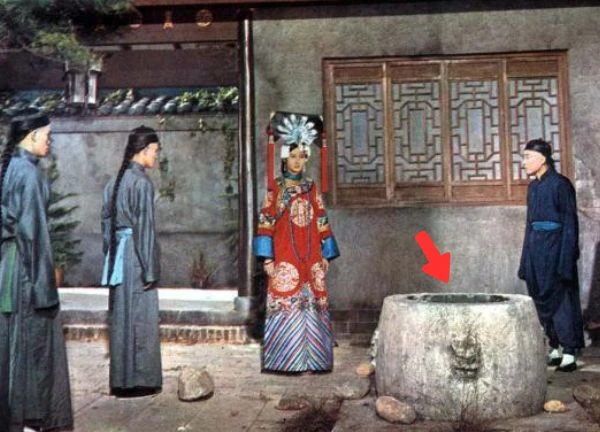
1 | 0 Discuss | Share

2 | 0 Discuss | Share
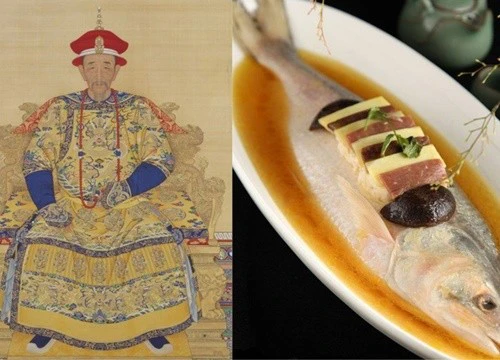
1 | 0 Discuss | Share
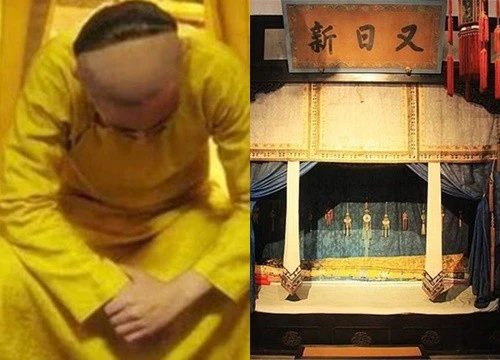
3 | 0 Discuss | Share
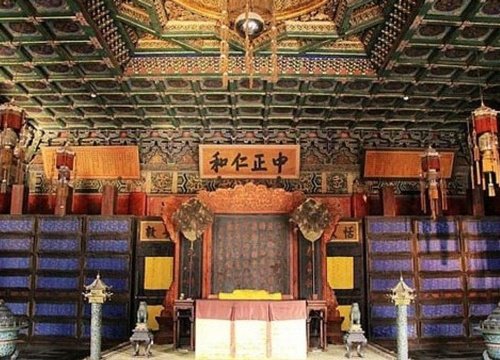
1 | 0 Discuss | Share
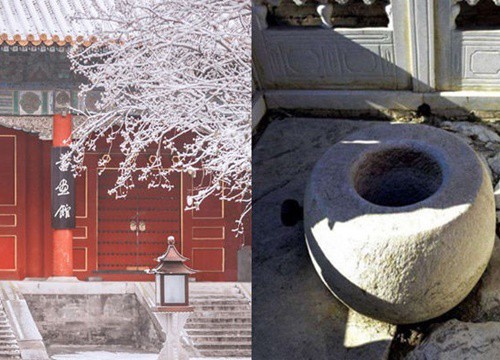
2 | 0 Discuss | Share
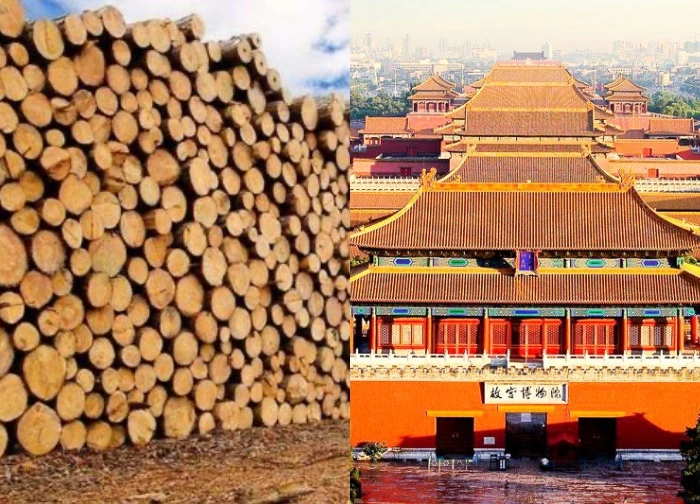
1 | 0 Discuss | Share
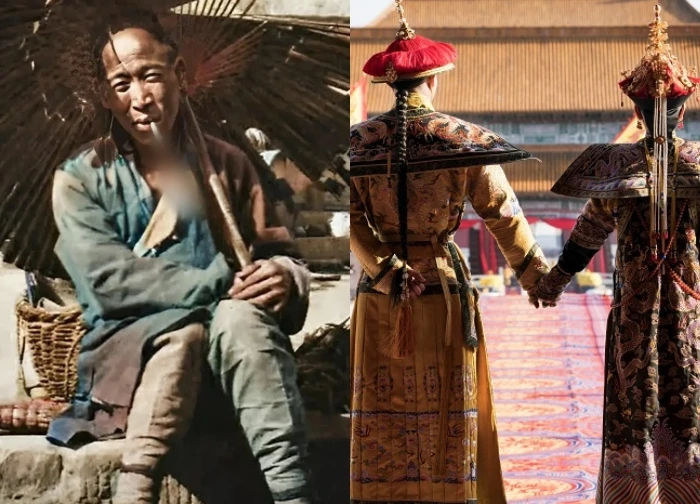
1 | 0 Discuss | Share
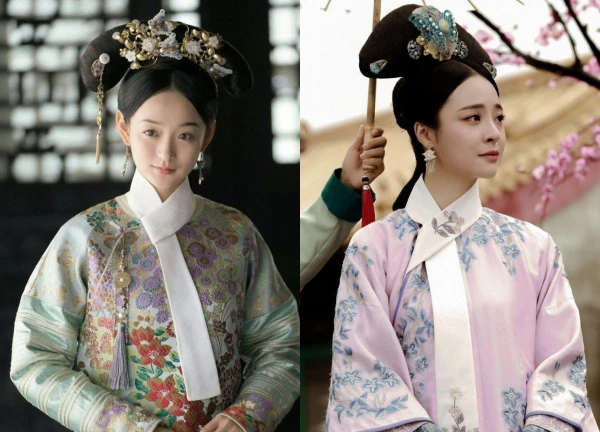
1 | 0 Discuss | Share
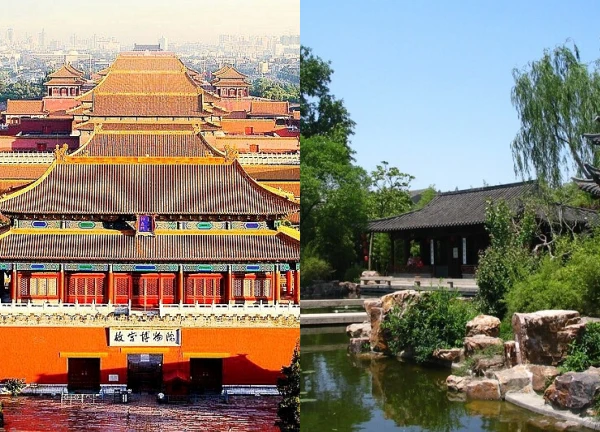
1 | 0 Discuss | Share
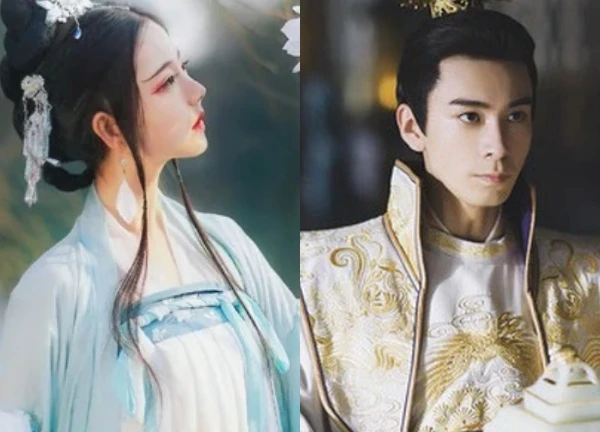
3 | 0 Discuss | Share



3 | 0 Discuss | Report